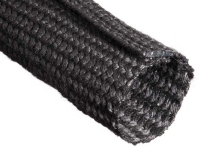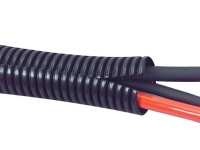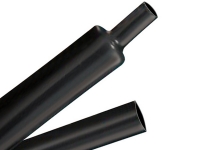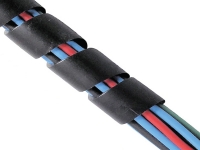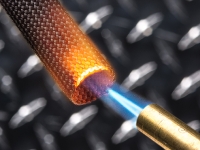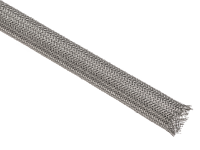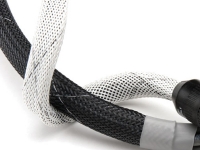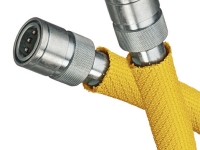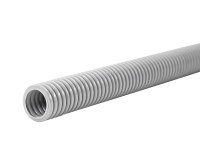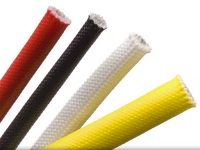Cable Sleeving
Wide Selection Cable Sleeves For Almost All Applications & Sizes
Additional Information
Cable sleeving is a type of material that is used to cover electrical cables and wires in order to protect them and improve their appearance. This type of material is typically made from a flexible and durable material, such as plastic or fabric, and is designed to be easily installed over a cable or wire. There are several different types of cable sleeving available, including braided, expandable, and mesh styles. Braided cable sleeving is made from interwoven strands of material, which provides a strong and durable covering for cables. Expandable cable sleeving is made from a material that can be stretched to fit over a cable, and then contracts to hold it securely in place. Mesh cable sleeving is a type of sleeving that is made from a mesh-like material, which allows for the passage of air and provides a protective covering for cables. Cable sleeving is used for a variety of purposes, including protecting cables from damage, improving their appearance, and reducing the risk of electrical fires. By covering cables with a protective sleeve, it can help to prevent them from being damaged by abrasion or other mechanical forces. In addition, cable sleeving can improve the appearance of cables by providing a neat and organized appearance, which can be especially important in environments where cables are visible. Furthermore, cable sleeving can help to reduce the risk of electrical fires by providing an additional layer of insulation around the cables. This can help to prevent the cables from overheating and potentially catching fire, which can be a major safety concern in environments where electrical equipment is in use. In conclusion, cable sleeving is a type of material that is used to cover electrical cables and wires in order to protect them and improve their appearance. It is made from a flexible and durable material, and is available in different styles to suit a variety of applications. By using cable sleeving, it is possible to protect cables from damage, improve their appearance, and reduce the risk of electrical fires.


